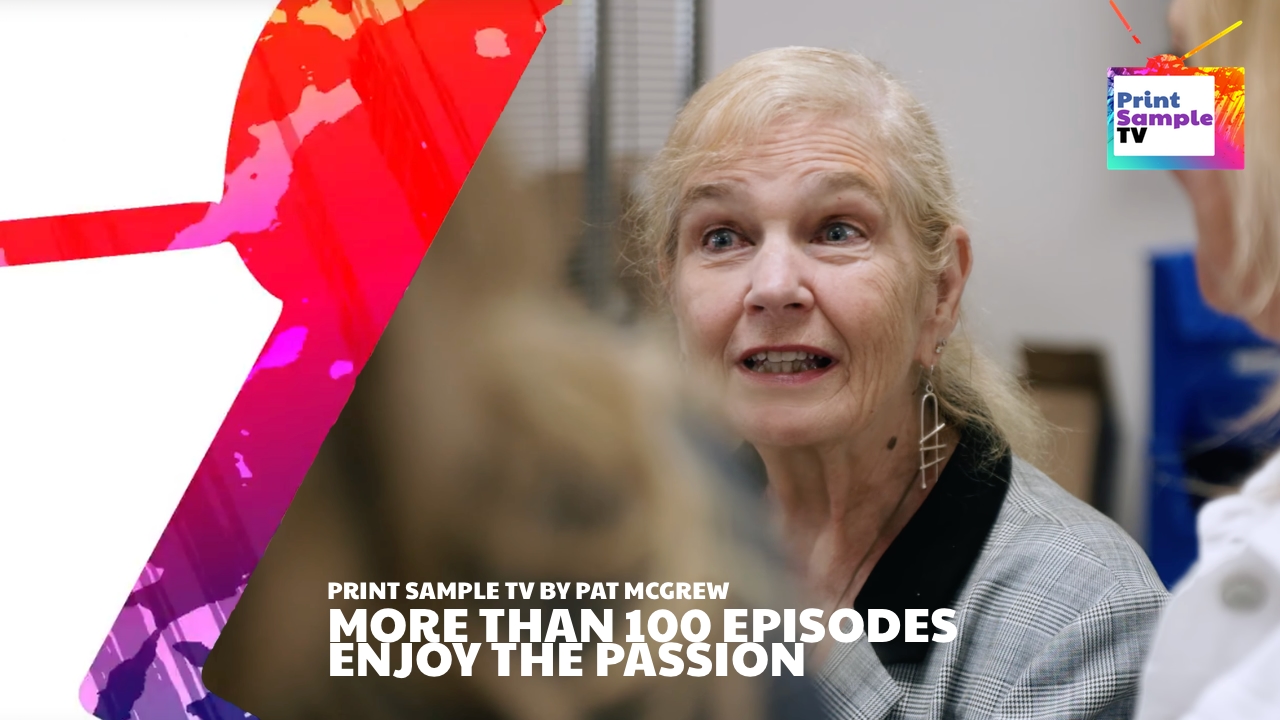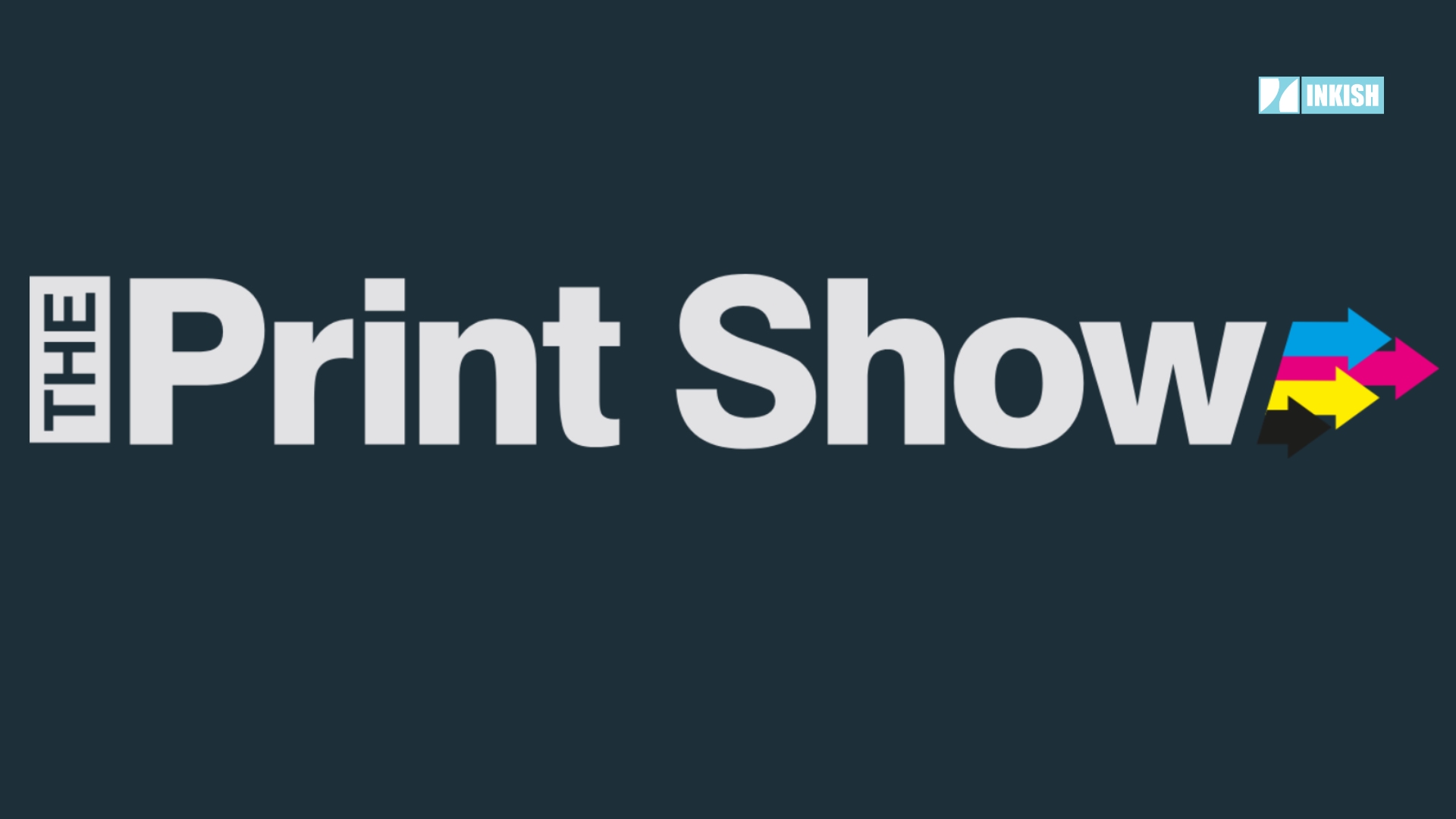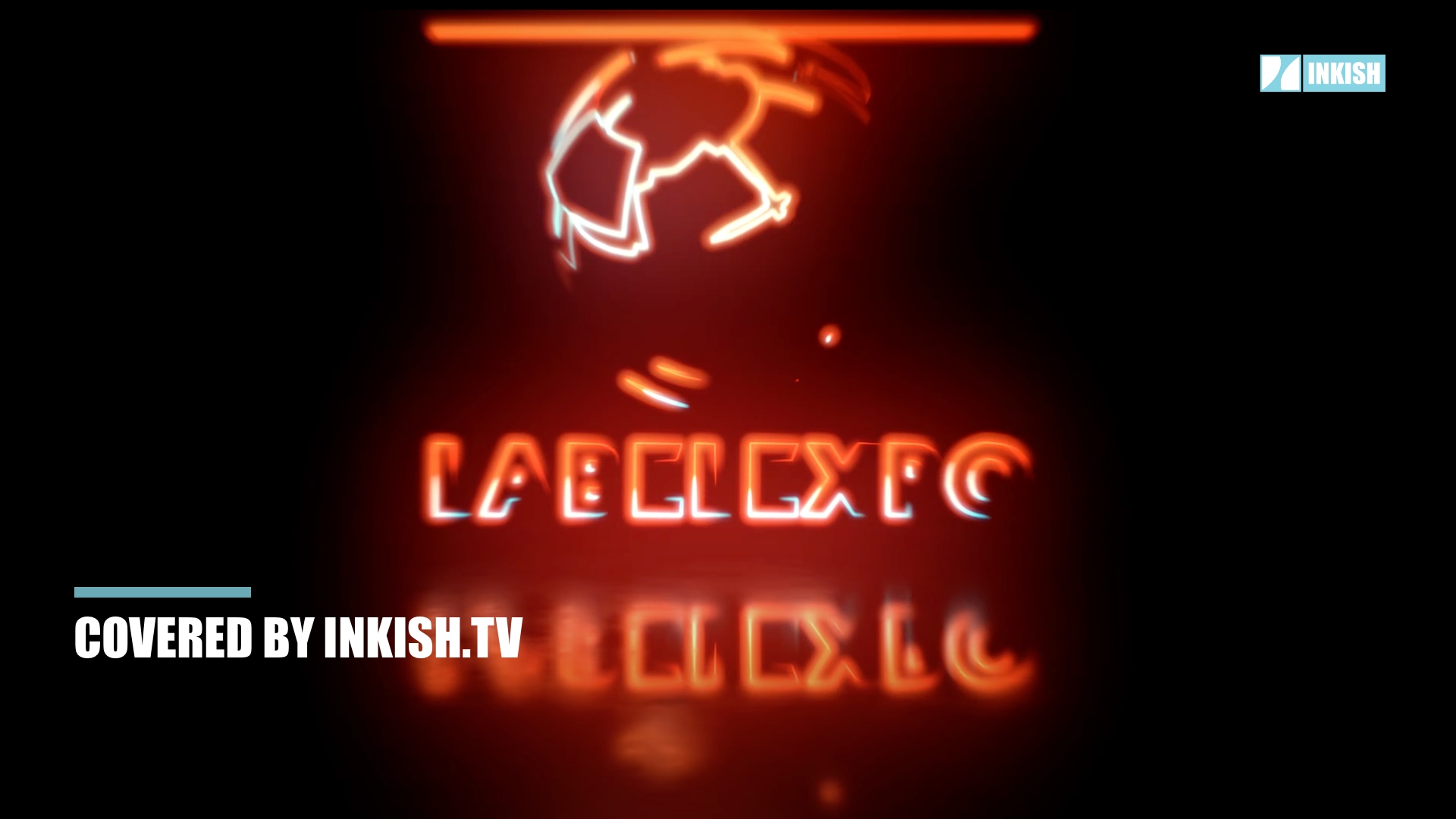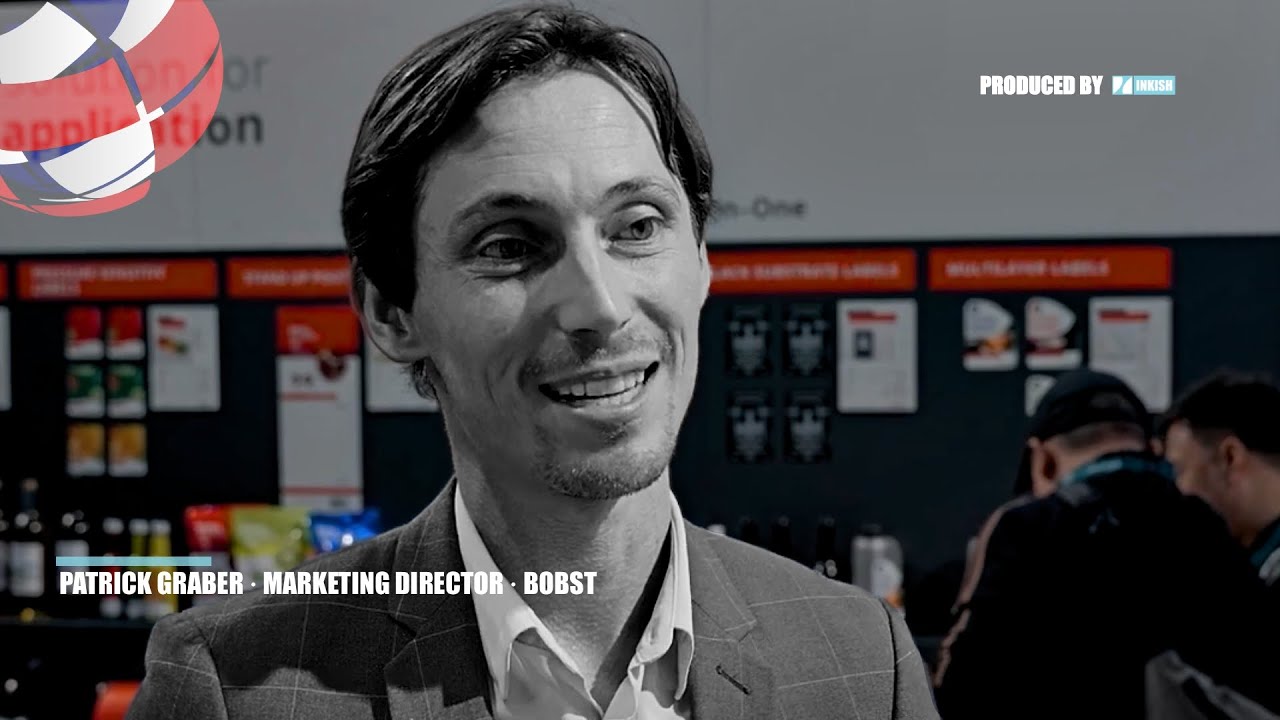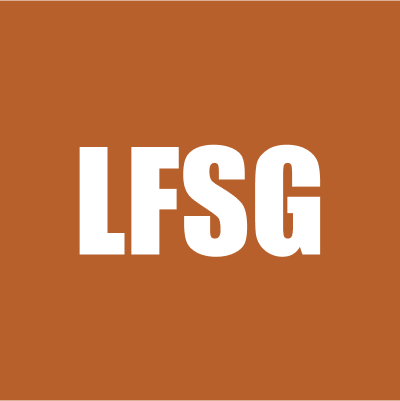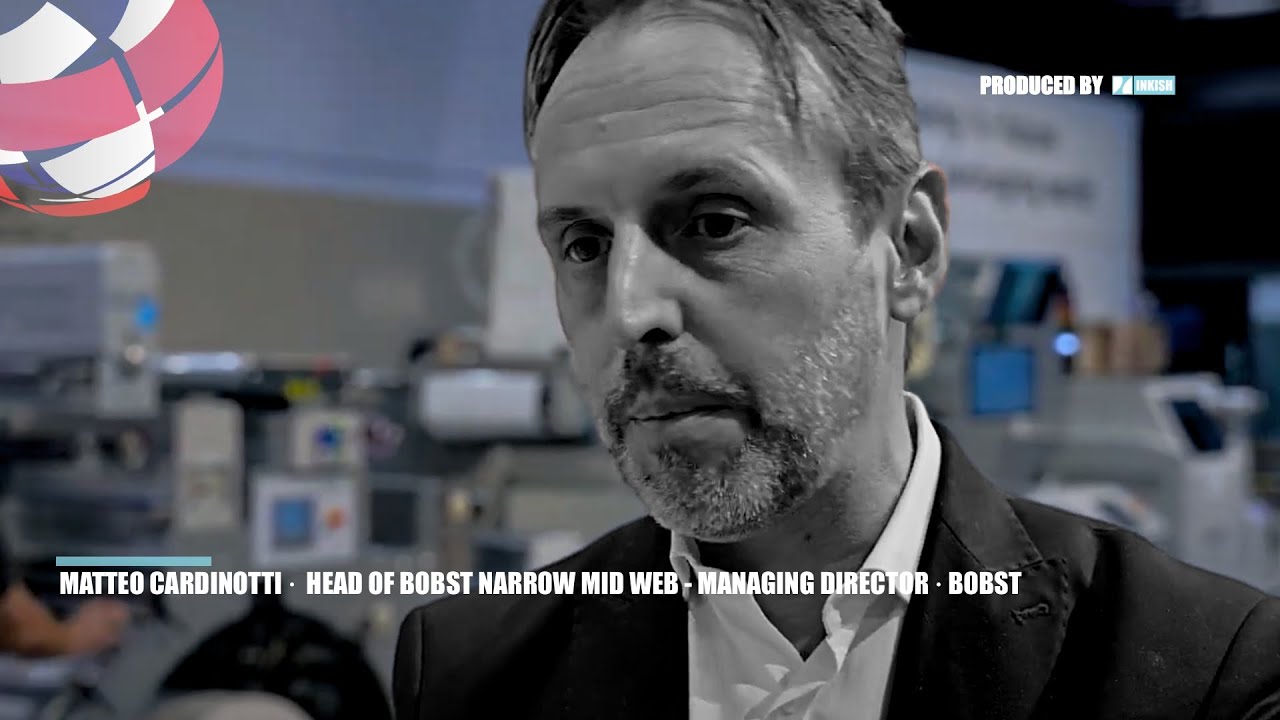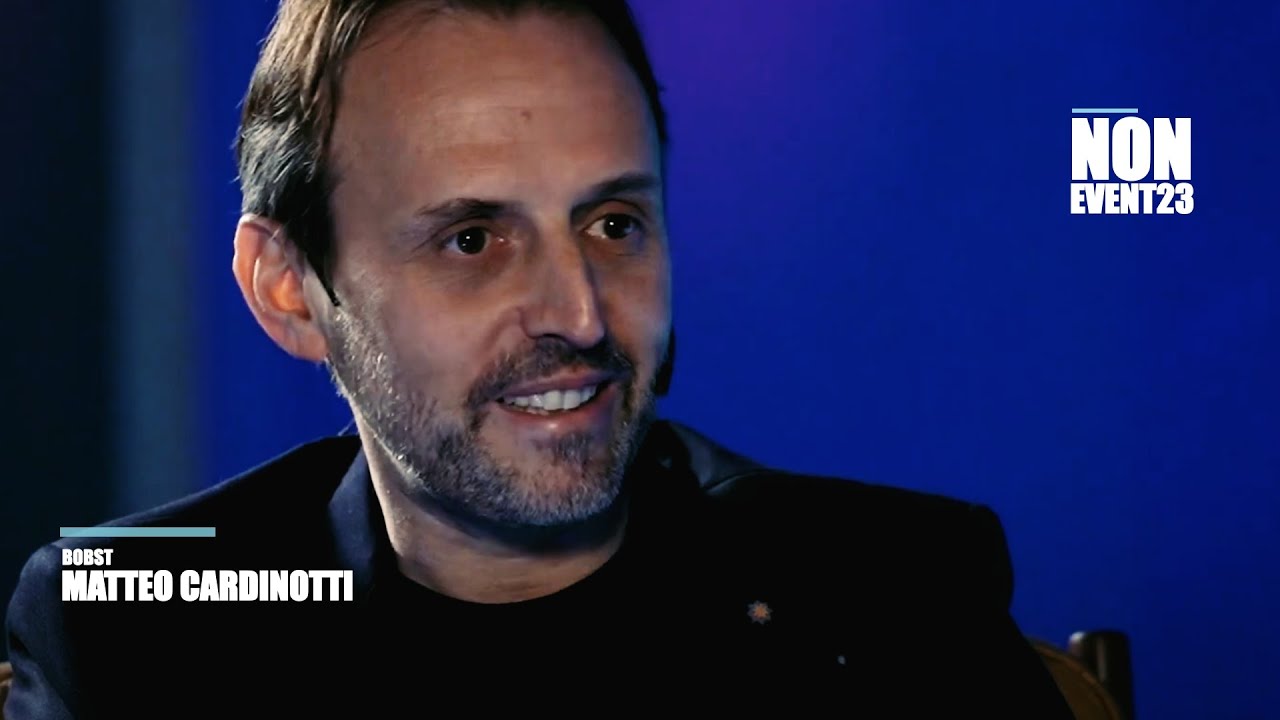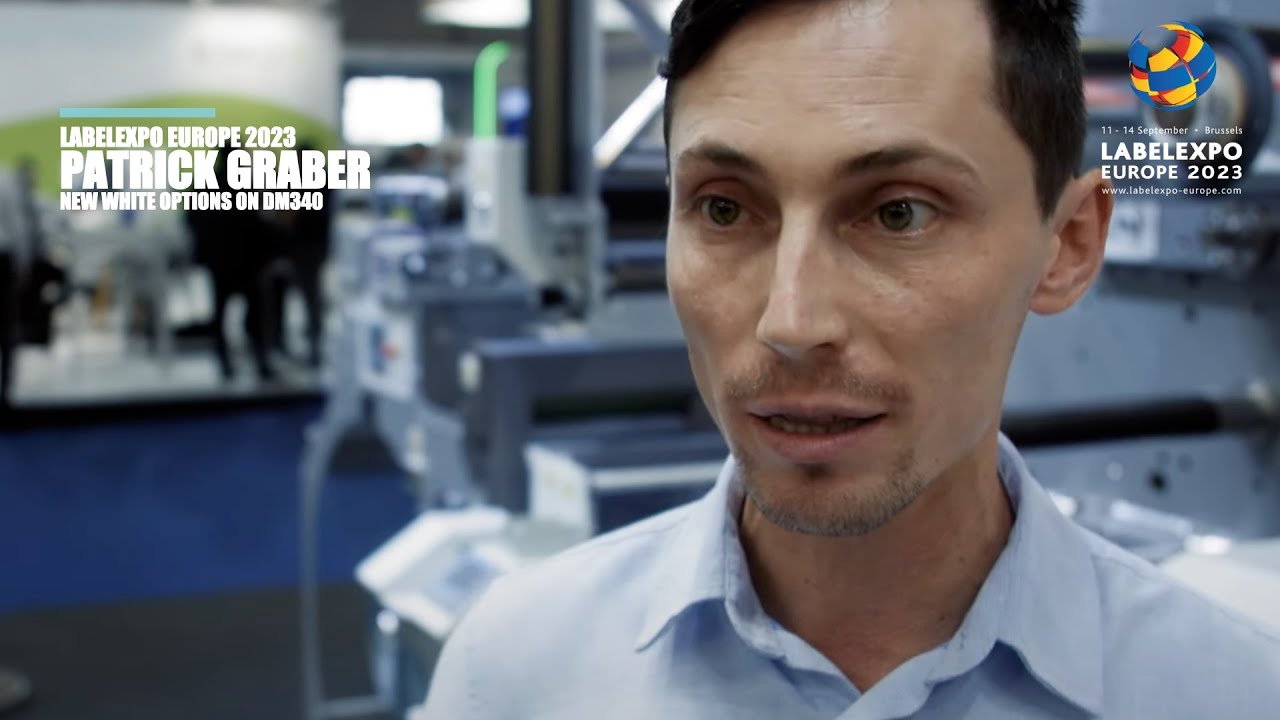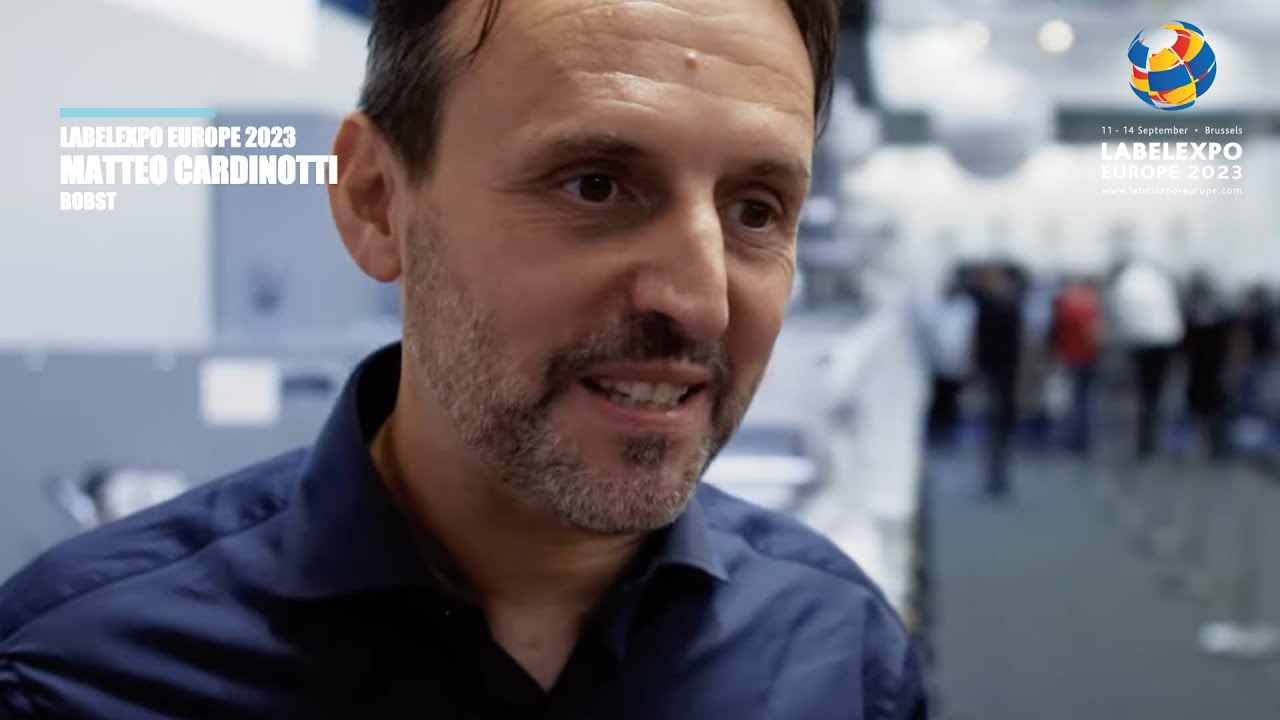Success in long-lasting value creation · Jean-Pascal Bobst · BOBST
Jean-Pascal Bobst, CEO of Bobst Group SA, shares his views and strategies with Jacques Michiels our CEO of INKISH Benelux.
In this truly open and revealing conversation, Jacques Michiels gets the answers to his most pressing and sometimes quite personal questions.
This year, BOBST celebrates its 130th anniversary – proof of their resilience, competences and success in long-lasting value creation.
Jean-Pascal Bobst talks about how they can futureproof the business of their customers as well as their own. BOBST has a presence in more than 50 countries, runs 15 production facilities in8 countries and employs more than 5500 people around the world.
So, as a leading technology company in the packaging world, Bobst is greatly responsible for shaping this part of the industry and Jacques Michiels asks about new product developments, innovation, the people, sustainability and the challenges Bobst is facing in the next 3 years.
Jean-Pascal Bobst unveils that they build new substrate processing technologies to increase sustainability along with innovating in digital printing with their Mouvent ink-jet technology, this as well as a stand-alone Label printing technology, but also integrated into the UV flexo “hybrid” printing machines turning in Beta as we speak.
Hello Jean-Pascal Bobst, thank you for having us here in your headquarters here in Lausanne, Switzerland. I think this is called your competence center as well. So thank you for having us. And maybe, you can tell us a bit more about yourself and how did you actually ended up in the pilot’s seat here at Bobst, so to say!
Thank you very much for coming here and being with me today.
It’s a real pleasure to be able to share the history, the present and the future of the group. To the question, where do I come from? Basically, I’m the fourth generation. So imagine you have a long lasting history with nice opportunities and big challenges. And as a mechanical engineer, I always was passionate about the industry. But then you ask yourself a question, is it because of your dad or the family is here, or is it really your passion and your life focus? And after a small career in Schindler, the elevator, a couple of years, then I decided to join the group.
And when was that?
That was in 84… 94, sorry, 1994. And then we moved to the US for a couple of years and then came back here to Switzerland. So I took the role of CEO in 2009 during the big crisis, in May 2009. And then since then, we are reshuffling the vision and the strategy of the group.
So Bobst was created by your ancestors in 1890. So, yeah.
130 years.
Yeah, 130 exactly, this year. Congratulations on that.
But in that respect, I guess we have had several industrial revolutions since, and Bobst has been there and witnessed them all. So now we’re coming and we saw it also here yesterday in the different… in the factory and so on. So we’re now in the fourth industrial revolution, which they call the smart industry. So how is Bobst actually taking this? And what are your strategies to give the answers for this new fourth revolution?
We just launched in June our new vision of the industry, of these: digitalization, connectivity, automation and sustainability. But before talking about that vision, I think Bobst went through all the major challenges of the industry globally with innovations, with a lot of work and sometimes a lot of pain because you try, but you don’t always succeed. But overall, because we have a long term strategy, we have a long term willingness of investment and being part of the industry, we were always able to succeed and come up with the right product for our clients.
If you say your clients, you have…you’ve also always been in direct contact with all of your clients. And to hear in the market what is…some of their problems they have. So what kind of solutions would you say your customers are wanting from Bobst now, at this moment? So, what kind of solutions do they need? More than before you would say.
Yeah, I guess, 10 years, 20 years ago. they wanted to…we were talking about speed throughput of the equipment itself. Today, what they want is the right equipment for the shorter runs with the full control on the quality of the product which runs through the supply chain. And this is where we have to work a lot, is to really move from a machine supplier to a global solution which will enable our customers to have a connected factory and not individual machines isolated, which makes their life very complex.
So I guess what you just said, that the strategy or the four different elements: connectivity, digitalization, automation, sustainability, they are the key factors of that strategy…
Yeah, absolutely.
…where you provide solutions for the smart packaging, really. I think it is. So in that respect that new technology we saw : the Bobst connect, which actually is the heart, I would say, of that philosophy. So in that respect, we also see a lot happening with the IoT, the industrial Internet of Things. So how do you think that is impacting your business for Bobst, actually, the IoT element?
IoT is fully part of the Bobst connect, is fully part of our strategy. Those are pieces or these are really buzzer words, if you allow me to say so. What we tried to develop is really the concept, which is from a PDF create a twin PDF, which means help our clients already in the design phase, to see what is the optimum of the design to go through the various production chains.
Is it gravure, is it flexo, is it offset, is it digital printing, is it hybrid? Which stream is not…one is better than the others ; it depends on what you want to achieve. So we really want the IoT as well, which is really the connectivity and the understanding of learning. IoT is mainly learning how our products are performing based upon theoretical throughput and productivity and the reality in the end of our machines.
Mmh. So as you said, clients are now more in the market also for end to end solutions. So I guess this is something that you provide. But for this element, the I.T. solutions : is that also something because they have the machinery you do in-house, like the I.T. and software part of your solutions. Is that also something that you do in-house or do you work with partners?
Yeah. So you asked earlier the question about how Bobst managed these revolutions. And this is another revolution for Bobst. Four years ago, we were not able to really make data front-end or workflows. In IoT, we had, let’s say, just connectivity with machines to troubleshoot, but not more. And we couldn’t make our own inks chemistry for digital printing.
Today at Bobst, we have embedded these resources, these competencies, to be able to provide better global solutions to our clients. So, yes, we will not do all internally, but we want to understand the core of these competencies, the solutions, and working with partners sometimes to be able to understand the real pain points of our clients and coming up with the best solution.
Knowing this, what do you think are the main challenges for Bobst still? For example, in the next three years to come; in what fields would Bobst be facing those challenges to your mind?
In these challenges, you have three major pillars. One is an internal transformation. Then there is the transformation with our clients and then there is the transformation of the digitalization of the packaging supply chain, so with the brand owners. So, of course, in these three layers, we have a variety of priorities and resources allocated trying to develop comprehensive pieces of a solution, because you cannot go all at once over the next three to five years. Now to your question, the biggest one is certainly leading transformation: helping our employees to learn new functions, new activities, new skills, because this is what the market and the technology is pushing us to do.
So in that respect, you’re speaking also about new profiles for probably your own staff, but also staff at your clients’ who will have to work with those new solutions that you provide. So here maybe also a little bit that we’ve got to cover as well. Would you say that this is the right moment, to have the Bobst connect? Because right at this moment you have a lot of clients that you help remotely. So when did you actually start with the idea for the connect strategy?
So first of all, connectivity on machines has existed already for more than 20 years. So that’s not new, to connect and troubleshoot. What is new in the Bobst Connect is not Bobst connection, it is the connectivity of data flow: so it’s the cloud, and these applications are cloud based. We started these developments three years ago to further develop software, so SaaS. So our clients can really use these applications to optimize their machines. So this is an evolution, it’s a revolution for Bobst. It’s an evolution for the industry. And as you know, we are servicing four industries, label, folding carton, film, flexible material and corrugated. And each industry has also its own path of evolutions. Some are much more advanced towards digitalization than others. So also there we need to adjust our offering to answer the market requests right now.
As you were saying, Bobst, of course, is in the packaging: the packaging industry.
But what specific types of this market do you cover? Do you cover everything from all… What are the specific markets that you think will prosper and maybe some others will have more difficulties, maybe in the next three to four years as well? Maybe I’m thinking about flexography. What’s your point of view on that?
Flexo or film? You speak about the film.
Yeah, on the film.
The plastic?
Yes exactly. And also in regard to sustainability.
Absolutely.
It’s one of the key points in your strategy.
So I think the industry which is taking on the fastest, the digitalization and connectivity is label, because our friends, our competitors today, such as HP, SYCON and others, entered the digitalization already 10, 15, 18 years ago. So this industry is evolving rapidly and will embark on very good and fast solutions.
Regarding folding carton and corrugated, those are more traditional businesses. But due to shorter lead time and also due to this pandemic, to the Covid and so on, we see the clients looking for solutions which will enable them to change their business models. So I think we will see an acceleration of the digitalization of these two industries, which are very conservative. And finally, in flexible material, everybody speaks about sustainability. Well, guess what? Folding carton also has to think sustainability because if you laminate a folding carton and with an aluminum foil, the folding carton is not sustainable. So the film industry or flexible material industry, will remain for very long because they need this time on the shelf and they need to be conservative and kept for a long time. Otherwise, if you put that in a corrugated or folding carton, it will not sustain.
But what we do on that, is really the development or joint development with suppliers on recyclable product. And last year – end of last year – we launched a recyclable flexible material product.
It’s the raw materials?
With the right raw materials. So you can print. You can laminate. You can have exactly the right pouch. And then you can take this pouch and put it in the recycling process overall. Now, the supply chain should exist. The rules and regulations should be put in place so people can recycle like the paper, no problem.
But this is also a question of responsibility of each and every consumer.
How do we use plastic? Do we just scrap it on the street or do we put in the bin and then the bin goes into the right recycling process?
Yeah. So it’s clear that it’s one of the major points in your visions, that sustainability has to be all around and that even well…it’s good to hear that even Bobst likes working on the raw material side of things. So the chemical side of things.
Absolutely.
Also not only the heavy machinery. So that’s a novelty for me. So it’s something I applaud you for because I think it’s really necessary.
It’s a novelty for us too!
Yeah. So that’s excellent. So maybe, what do you think? Maybe one of the last questions. What the future will hold for Bobst? Do you have a wish or do you have a vision where you want to see Bobst, let’s say in the next hundred years to come? This may be a long shot, but do you have a personal vision for Bobst?
I guess the personal vision for Bobst is representative into, three or four dimensions. First of all, we should be a preferred supplier from our clients and the digital packaging from a human perspective, from a relationship, from a trust perspective.
Because I do believe this is the most difficult aspect to grow and to build with each client. And this is the most competitive dimension as well, because without trust, you do nothing. Then for the group, it is to be able to have the means to innovate and go through these connected, automated, digitalized processes. And that will encompass all products. Within the next 5 to 10 years, the market will change drastically. So we are putting a lot of means to achieve this vision.
And last is basically that the group can provide a sustainable, profitable growth and returns because without financial stuff… and that basically, we can also have an ambitious return of capital because this is what everybody is looking for, to keep jobs in Europe, to keep jobs where we have the brains. But being also in the Americas, in India, as in Asia, in China. But globalization is needed, but the regional strategy is becoming more and more important. And this is where we want to go.
Excellent. So maybe my last question here. You said Bobst this year is 130 years of existence. So if I’m not mistaken, it always has been run with a family of Bobst who was…
Not quite. No, no, no.
No?
For almost 20 years. We had the executive CEO, not part of the family. My predecessor was not a family member.
Okay. Right. But before that it was all Bobst’s family.
Yes.
So maybe in that regard, in that respect, is that something that you look forward to maybe already to the next generation, or is that the legacy that you see that you want to continue here for Bobst, having family members at the head of Bobst, maybe after you ?
Certainly the fifth generation is part of the journey. We have the pleasure to have already four members in the company. So starting their journey and their career. To have a family member on running the business is not a goal in itself. If we had the capabilities, we would do so. And otherwise we would find the best talent to continue to lead this great company.
Excellent. Well, anyway, Jean-Pascal, thank you so much for your time and for hosting us here at Bobst. So I hope we will meet again soon, when there is probably more innovative stuff to report from. So thank you very much…
Thank you very much. Thank you.
…and see you soon!
Thank you, see you soon!
Bye bye.




















